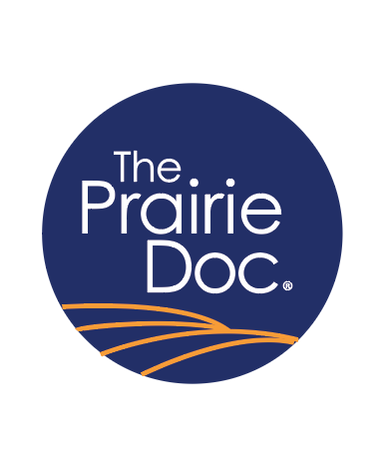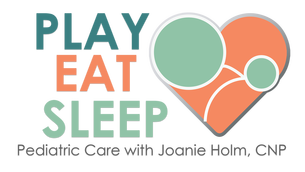|
Prairie Doc Perspective Week of April 7th, 2024
“Pain - It’s No Joke” By Jill Kruse, DO There is an old joke where a man walks into his doctor’s office and says, “Doc, it hurts every time I do this. What should I do? To which the doctor replies, “Simple, don’t do that!” While the advice seems trite and maybe even insulting, like most jokes, there is some truth in it. Pain is one of the ways your body tries to protect you from even worse injury. Pain tries to keep you from walking on a sprained ankle or lifting things with a broken arm. In those cases, the advice from the doctor is accurate. We cast broken bones to immobilize them, and use splints or slings to rest muscle strains or sprained tendons. In these cases, excessive movement can make injuries worse. That break could go from well aligned, where the bone can heal on its own, to displaced where the broken fragments are now too far apart to heal and reattach properly. This could mean the difference between just having a splint or cast, to needing surgery with plates, pins, or screws to realign and stabilize the broken pieces of bones. People who have decreased sensation due to neuropathy also are at risk for having something minor become a major injury. In neuropathy, the nerves do not send a signal when a pebble is caught in your sandal. That small pebble could continue to rub throughout the day and lead to a large blister or even an ulcer. Neuropathy can also cause pain on its own as misfiring nerves cause pins and needles or a burning sensation, even when there is no external cause for the pain. Another condition called Reflexive Sympathetic Dystrophy, or RSD, is where the nerves are stuck in a loop sending pain signals to the brain long after the initial injury occurred. This is a very difficult condition to treat. Fibromyalgia also is a condition where widespread pain occurs with no obvious external cause. For these people, the advice from the joke is not helpful. The typical pain medications used for broken bones or sprained ankles are also less effective. For patients with RSD or fibromyalgia, light activity with guidance from a physical therapist can sometimes help with their pain. However, too much activity can flare their condition and leading them to need hours or days to recover back to their baseline. Unfortunately, sometimes pain cannot be completely removed or fully treated. The goal then changes from trying to remove the pain, to trying to remove the suffering associated with the pain. Ways of dealing with chronic pain need to be explored, such as chronic pain support groups or counseling. Pain specialists can also be a good resource for these people, as they have more pain interventions than a primary care physician. So the next time you have pain, don’t be afraid to talk about it with your doctor, because living with pain is no joke. Jill Kruse, D.O. is part of The Prairie Doc® team of physicians and currently practices as a hospitalist in Brookings, South Dakota. Follow The Prairie Doc® at www.prairiedoc.org and on Facebook and Instagram featuring On Call with the Prairie Doc®, a medical Q&A show providing health information based on science, built on trust, on SDPB and streaming live on Facebook most Thursdays at 7 p.m. central. Comments are closed.
|
Archives
July 2024
Categories |
 RSS Feed
RSS Feed


